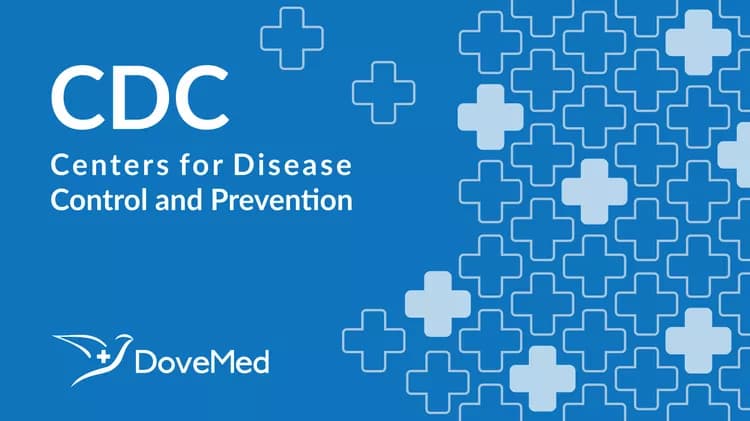
Higher order multiple births drop for first time in a decade
Higher order multiple births drop for first time in a decade
Triplet and other higher order multiple births (triplet/+) declined in 1999 for the first time in a decade after more than doubling between 1990 and 1998, according to the latest natality statistics released in a report today by the Centers for Disease Control and Prevention (CDC).
The new report, "Births: Final Data for 1999," shows that 7,321 triplet/+ babies were born in 1999, down from 7,625 in 1998. The triplet/+ birth rate declined 4 percent, from 194 to 185 per 100,000 live births. In comparison, in 1990, there were 3,028 triplet/+ births and the rate was 73 per 100,000. An estimated two-thirds of triplet/+ births are the result of fertility-enhancing therapies.
"There's been a lot of concern about some of the serious consequences associated with the enormous rise in higher-order multiple births over the past decade," said CDC Director Jeffrey Koplan. "Most of these babies are born premature and of low birthweight, which puts them at risk for a variety of health threats, including infant death and severe life-long disabilities."
While triplet/+ births are down in the U.S., twin births continued to rise, from 110,670 in 1998 to 114,307 in 1999. The rate of twin births was also up 3 percent, from 28.1 per 1,000 live births in 1998 to 28.9 in 1999. This rate has risen more than 25 percent since 1990.
Some of the other findings in the report include:
The birth rate for teenagers aged 15-19 years declined 3 percent to 49.6 births per 1,000 teenaged women. This rate has fallen 20 percent since 1991 and is now at a record low.
Birth rates for women in their thirties increased 2 to 3 percent between 1998 and 1999, and are at their highest level in more than three decades. The birth rate for women aged 40-44 also increased in 1999.
The median age for first-time mothers increased to 24.5 years, continuing a slow but steady pattern that has occurred since 1972.
The birth rate for unmarried women increased slightly to 44.4 births per 1,000 unmarried women aged 15-44. One out of every three births in the U.S. were to unmarried women.
Total births in the U.S. increased to 3,959,417 in 1999, up less than 1 percent from 1998.
Cigarette smoking during pregnancy declined in 1999, and the overall rate has fallen steadily since 1989. However, tobacco use by pregnant teens continued to increase in 1999, and the rates for women aged 20-24 rose for the first time in a decade. Over 12 percent of births to smokers were low birthweight babies, compared to 7.2 percent of births to non-smokers.
More pregnant women are getting timely prenatal care (83.2 percent in 1999 compared to 82.8 percent in 1998) while the percent of women with late or no care has fallen to 3.8 percent, down from 6.1 in 1990.
After falling steadily from 1989 to 1996, the rate of cesarean delivery increased again in 1999, up 4 percent from 1998. Twenty-two percent of all births were cesarean deliveries in 1999. The rate of vaginal birth after previous cesarean delivery declined 11 percent between 1998 and 1999.
Nearly 12 percent of all births were delivered preterm (less than 37 completed weeks of gestation). The percent of births born preterm has risen 11 percent since 1990.
The percent of babies born low birthweight remained unchanged between 1998 and 1999, at 7.6 percent, but has risen 9 percent since 1990.
"The data from this report serve as important pieces to the overall puzzle of maternal and infant health in this country," said Dr. Edward Sondik, director of CDC's National Center for Health Statistics, which prepared the report. "We've seen the continuation of several very positive trends, some not very positive trends, and a few surprises, such as the drop in triplet and higher-order multiple births."
The report can be downloaded from the CDC web site at http://www.cdc.gov/nchs.
CDC protects people's health and safety by preventing and controlling diseases and injuries; enhances health decisions by providing credible information on critical health issues; and promotes healthy living through strong partnerships with local, national and international organizations.
Related Articles
Test Your Knowledge
Asked by users
Related Centers
Related Specialties
Related Physicians
Related Procedures
Related Resources
Join DoveHubs
and connect with fellow professionals

0 Comments
Please log in to post a comment.